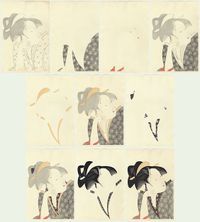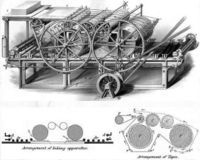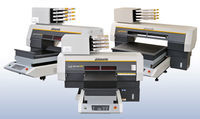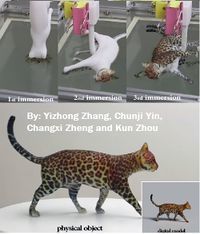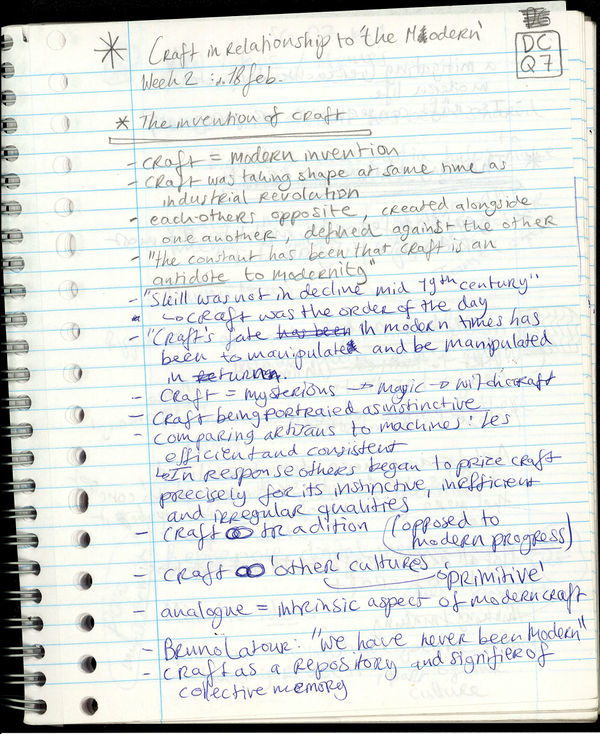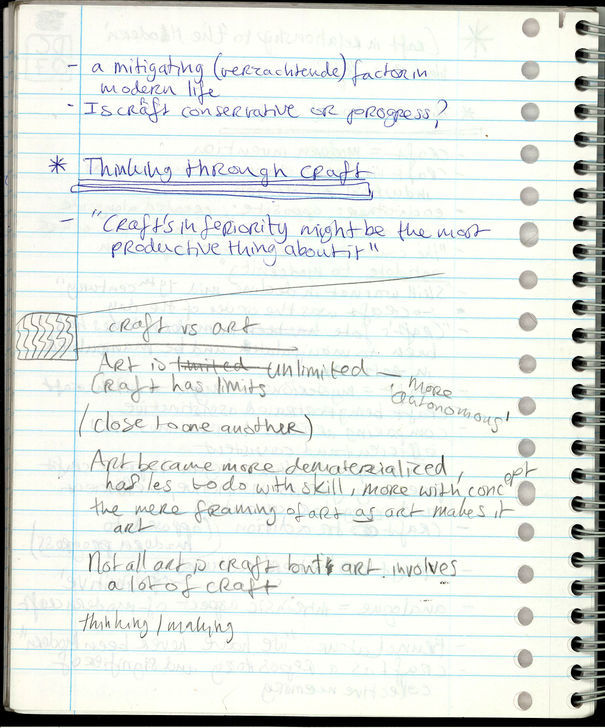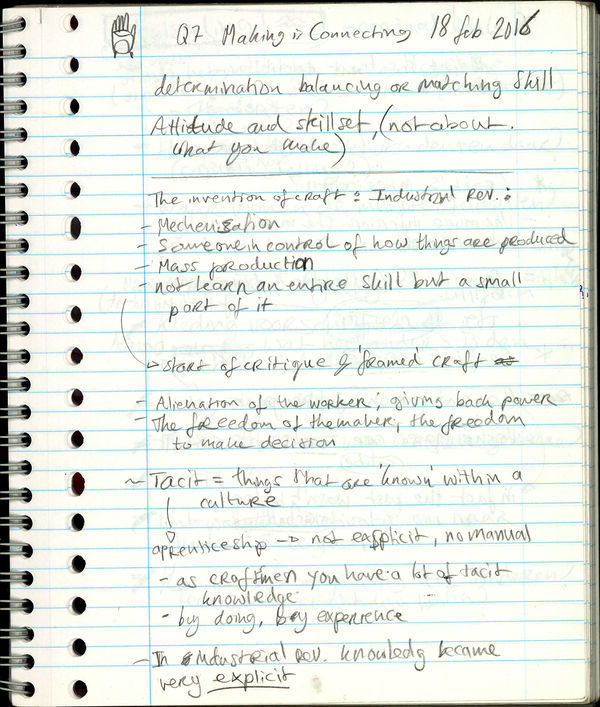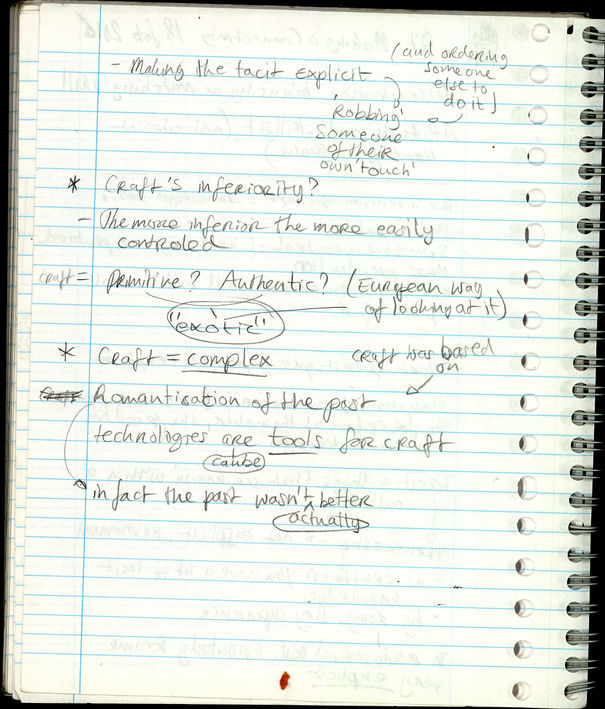User:Floor/week2
Research: 4 printing techniques
Japanese Woodblock Printing (pre-industrial era)
I love the texture and soft (and relatively limited) colours of traditional Japanese woodblock prints.
Steam press (industrial revolution)
The steam press was faster and more efficient and required less physical labour. Production costs went down, therefor books and publications dropped in price. So everyone could enjoy them, they were not just for the elite anymore. I really like that ;this machine made books and publications more accessible.
Flatbed printer (contemporary technology)
Wikipedia: “The biggest advantage that you can get from flatbed digital printing is the versatility that they offer. No matter what material, what shape, and what size of the material you want to print on, as long as it has a flat surface and does not exceed the maximum size of printable area of the flatbed, you can print on it. The resolution of prints produced by these devices is also very high and they can print in quick speed. The ink consumption of the device is also very efficient and you are able to use the ink as optimally as possible.”
Computational Hydrographic Printing (remarkable find)
With printing you mostly think of flat surfaces, but there are also interesting ways print 3D objects. Like immersing a 3D object in water with a printed film floating on the surface. In this case people invented a program to make the existing technique (hydrographical printing) much more precise.
